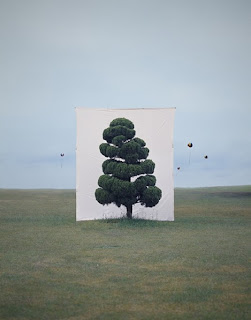
Hank Willis Thomas
Friday, October 3, 2008
San Francisco Art Institute Lecture Hall 800 Chestnut Street (Chestnut at Jones)
7:30 pm
PhotoAlliance and Aperture West Collaborative Lecture Series
INTRODUCTORY PRESENTATION BY CARLA WILLIAMS
Hank Willis Thomas is a visual artist and writer interested in notions of identity perception, commodity culture, and the impact of violence in African American communities.
He received a BFA in photography and Africana studies from New York University and graduated from CCA with an MFA in photography and an MA in visual criticism. Thomas has exhibited at the Studio Museum in Harlem; Yerba Buena Center for the Arts; PS1, New York; and National Portrait Gallery, Washington, D.C. He is the first recipient of the Aperture West Book Prize, a new annual prize for artists living west of the Mississippi.
His work can be seen currently in the exhibition- Double Exposure: African Americans Before and Behind the Camera which is showing until September 28th at the Museum of the African Diaspora (MOAD) in San Francisco.

















